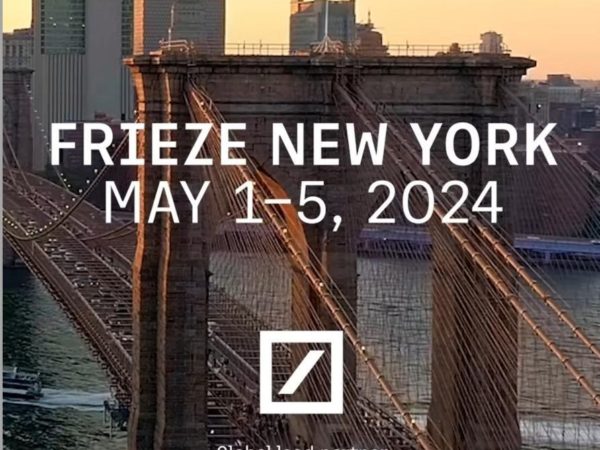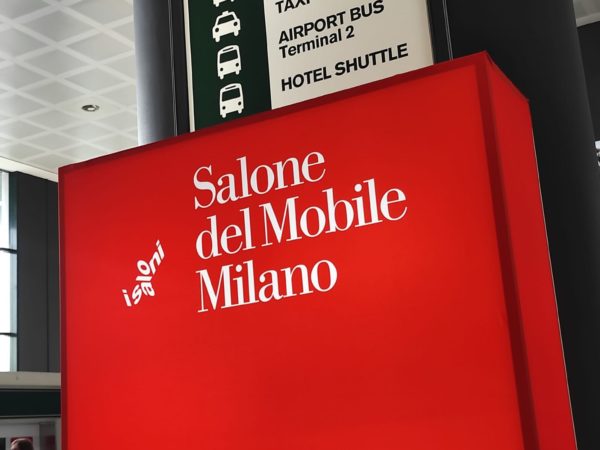Forgotten Masters highlights the conversation between traditional Indian, Islamic and Western schools under the East India Company
The exhibition is being presented by Delhi Art Gallery and will be on display from December 4 – April 19, 2020 at the Wallace Collection, London, United Kingdom.
 Family of Ghulam Ali Khan, Six Recruits, 1815
Family of Ghulam Ali Khan, Six Recruits, 1815
The Wallace Collection, in partnership with DAG, is presenting Forgotten Masters: Indian Painting for the East India Company. The exhibition is curated by renowned writer and historian William Dalrymple, and is the first UK exhibition of work by Indian master painters commissioned by East India Company officials in the late eighteenth and nineteenth centuries.
Comprising works from a wide variety of Indian traditions, the exhibition moves the emphasis from the Company commissioners onto the brilliance of the Indian creators. It belatedly honours historically overlooked artists including Shaikh Zain ud-Din, Bhawani Das, Shaikh Mohammad Amir of Karriah, Sita Ram and Ghulam Ali Khan and sheds light on a forgotten moment in Anglo-Indian history. Reflecting both the beauty of the natural world and the social reality of the time, these dazzling and often surprising artworks offer a rare glimpse of the cultural fusion between British and Indian artistic styles during this period.
 Shaikh Zain al-Din, Rufous Treepie and Caterpillar on Branch, 1780
Shaikh Zain al-Din, Rufous Treepie and Caterpillar on Branch, 1780
The exhibition highlights the conversation between traditional Indian, Islamic and Western schools and features works from Mughal, Marathi, Punjabi, Pahari, Tamil and Telugu artists. They were commissioned by a diverse cross-section of East India Company officials, ranging from botanists and surgeons, through to members of the East India Company civil service, diplomats, governors and judges, and their wives, as well as by more itinerant British artists and intellectuals passing through India for pleasure and instruction. What they all had in common was a scholarly interest in, and enthusiasm for, India’s rich culture, history and ecological biodiversity.
 Bhawani Das, A Great Indian Fruit Bat, or Flying Fox, 1778-1782
Bhawani Das, A Great Indian Fruit Bat, or Flying Fox, 1778-1782
The exhibition will explore the four main centres of what has traditionally been described as ‘Company School’ painting: Calcutta and Lucknow, where provincial Mughal painters from Murshidabad, Patna and Faizabad were employed; Madras and Tanjore, where artists from the South Indian traditions received patronage; and Delhi, where Imperial Mughal artists created some of the finest works of this period. Their paintings represent one of the great and forgotten moments of Indian Art during a period of cultural exchange between the artists and their East India Company patrons.
 Shaikh Zain Ud-Din, Sarus Crane
Shaikh Zain Ud-Din, Sarus Crane
Alongside these fascinating works, visitors will also encounter a Mughal dagger, formerly owned by Claude Martin, an East India Company official who commissioned Indian artists to create works of art depicting the flora, fauna and daily life in India. Under Martin’s patronage, great Lucknavi artists such as Bahadur Singh and Mihr Chand fused their Mughal training with European conventions and materials, to create a new, highly innovative way of depicting the natural world.






